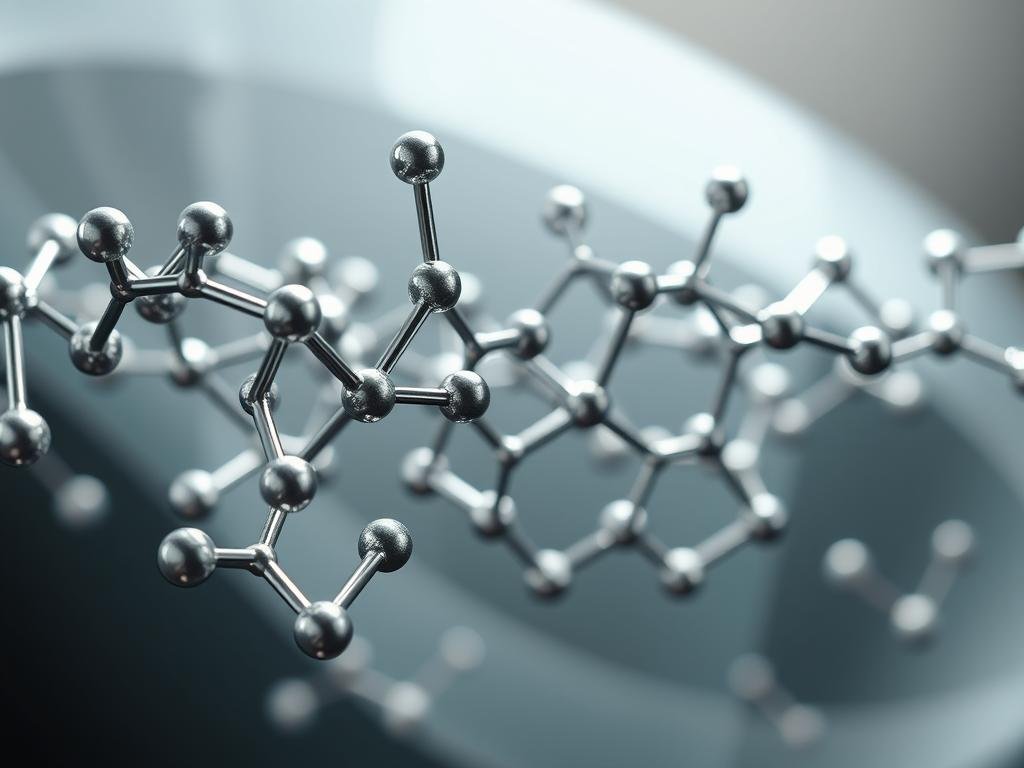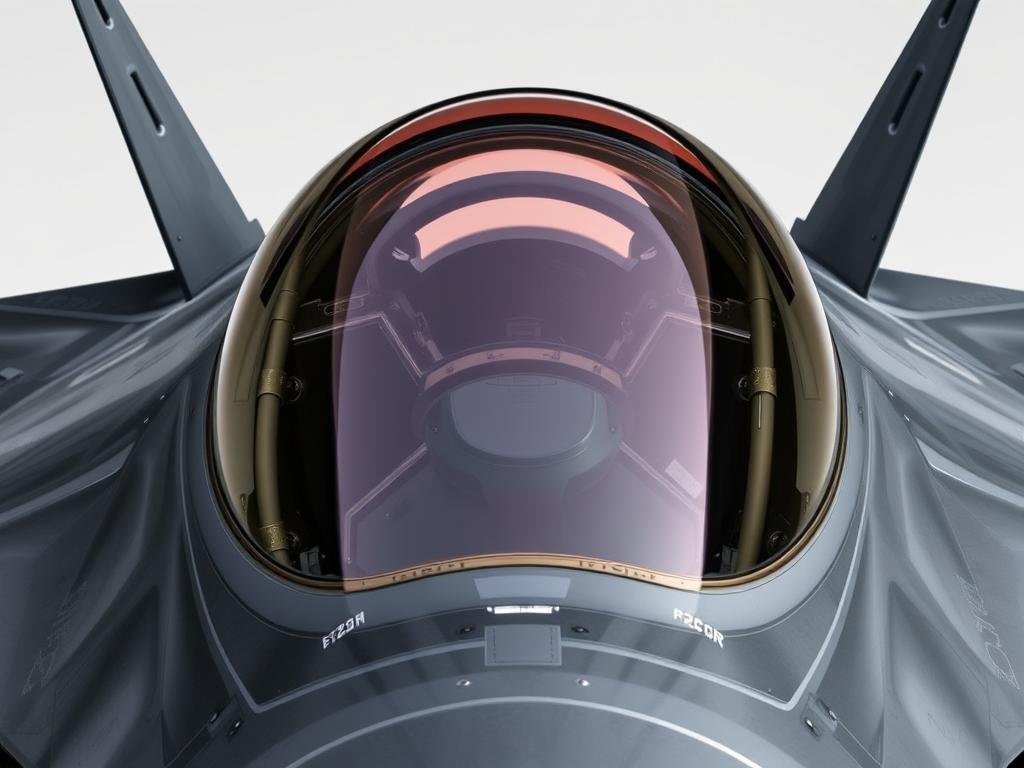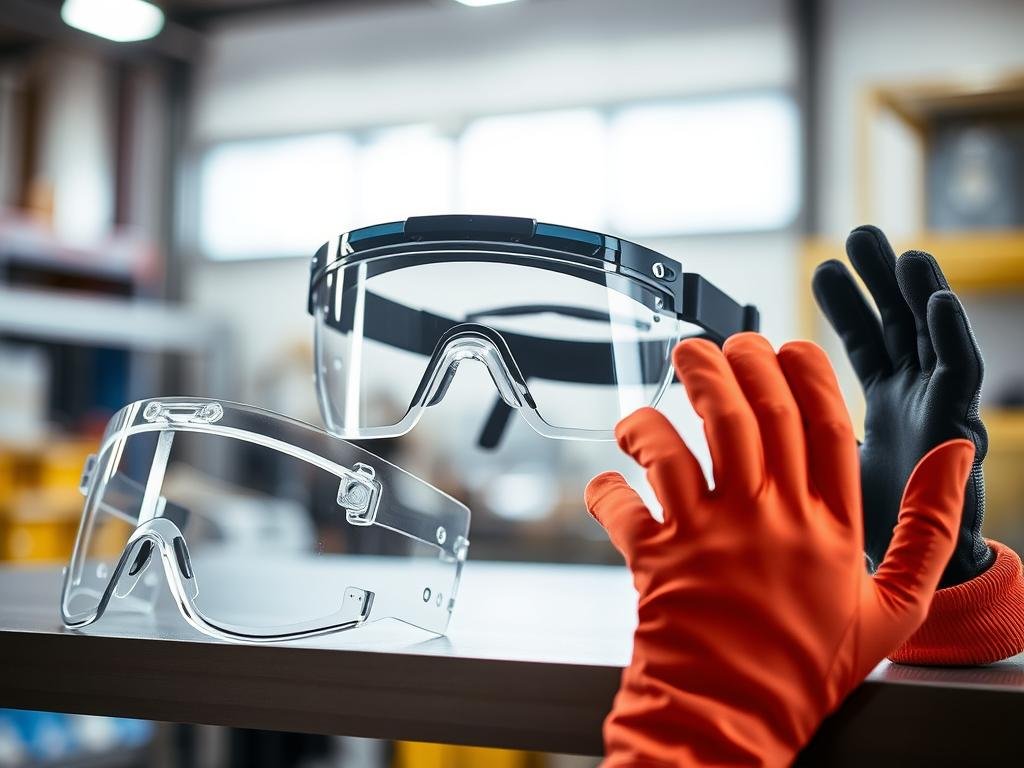Polycarbonate is a versatile polymer known for its exceptional balance of properties, making it a staple in modern engineering and manufacturing.
The unique density of approximately 1.2 g/cm³ contributes to its lightweight characteristics while maintaining mechanical strength.
This article explores how polycarbonate’s density influences its performance and why it’s preferred in various applications requiring transparency, impact resistance, and thermal stability.
Understanding the properties of polycarbonate is crucial for selecting the optimal material for specific applications where weight considerations are paramount.
Understanding Polycarbonate Material Density
Understanding the density of polycarbonate is essential for leveraging its unique properties in different fields. Polycarbonate is a versatile thermoplastic polymer known for its exceptional strength, transparency, and resistance to impact.
What Is Polycarbonate and Its Density Value?
Polycarbonate is a group of thermoplastic polymers containing carbonate groups in their chemical structures. The density of polycarbonate material typically ranges from 1.19 to 1.22 g/cm³, with 1.2 g/cm³ being the standard reference value used in engineering calculations and material specifications.
- Polycarbonate is a thermoplastic polymer containing carbonate groups, with bisphenol A (BPA) being a common base component.
- The specific density value of 1.2 g/cm³ places polycarbonate between commodity plastics and high-performance engineering materials.
The Significance of 1.2 g/cm³ in Engineering Applications
The 1.2 g/cm³ density is particularly significant in engineering applications where weight reduction is critical but mechanical properties cannot be compromised. This density, combined with high tensile strength (55-75 MPa), creates an exceptional strength-to-weight ratio.
- Aerospace components and automotive parts benefit from polycarbonate’s lightweight yet strong characteristics.
- Understanding polycarbonate’s density is crucial for calculating material requirements and performance expectations.
How Polycarbonate Density Compares to Other Plastics
The density of polycarbonate is a key characteristic that differentiates it from other plastics like acrylic and ABS. Understanding these differences is crucial for selecting the right material for specific applications.
Density Comparison: Polycarbonate vs. PMMA (Acrylic)
Polycarbonate has a density of 1.20-1.22 g/cm³, while PMMA (acrylic) has a density between 1.17 and 1.20 g/cm³. Although the density difference is minimal, polycarbonate offers significantly higher impact resistance, making it up to 250 times stronger than acrylic. This difference in mechanical properties makes polycarbonate the preferred choice for applications requiring both optical clarity and durability.
As Dr. John Smith, a materials scientist, notes, “The slight density variation between polycarbonate and acrylic translates into substantial differences in their performance characteristics.”
Polycarbonate vs. ABS and Other Engineering Thermoplastics
Compared to ABS, which has a density of approximately 1.05 g/cm³, polycarbonate is about 15% denser. However, polycarbonate provides superior optical clarity, temperature resistance, and impact strength. This makes the slightly higher density of polycarbonate worthwhile for many high-performance applications.
- Polycarbonate offers higher impact resistance compared to ABS.
- Polycarbonate provides better optical clarity than ABS.
- The temperature resistance of polycarbonate is superior to ABS.
Comparative Density Table of Common Plastics
A comparative density table of common plastics highlights the relative position of polycarbonate among other materials.
| Material | Density (g/cm³) |
|---|---|
| Low-Density Polyethylene (LDPE) | 0.91-0.94 |
| High-Density Polyethylene (HDPE) | 0.91-0.96 |
| ABS | 1.05 |
| PMMA (Acrylic) | 1.17-1.20 |
| Polycarbonate | 1.20-1.22 |
| PVC | 1.3-1.45 |
As shown in the table, polycarbonate occupies a middle ground between lightweight commodity plastics like polyethylene and heavier engineering materials like PVC. Understanding these density differences is crucial for material selection, as each plastic offers unique advantages based on its density-to-performance ratio.
Physical Properties Influenced by Polycarbonate Density
The density of polycarbonate significantly influences its physical properties, making it a versatile material for various applications. This section will explore how polycarbonate’s density affects its impact resistance, transparency, and thermal stability.
Impact Resistance and Toughness
Polycarbonate is renowned for its exceptional impact resistance, which is directly related to its density. With an Izod impact strength of 600-850 J/m, it is virtually unbreakable in many applications where other materials like glass or acrylic would shatter. The material’s molecular structure and density enable it to absorb and dissipate energy from impacts, providing superior protection in safety-critical applications such as bulletproof windows, protective eyewear, and sports equipment.
Transparency and Optical Properties
Despite its density, polycarbonate achieves remarkable transparency, with light transmission up to 89%. This property makes it outperform many types of glass while weighing approximately half as much. The combination of optical clarity and impact resistance makes polycarbonate ideal for applications requiring both properties, such as in automotive and aerospace industries.
Thermal Stability and Temperature Resistance
Polycarbonate’s thermal stability is directly related to its density and molecular structure. It has a glass transition temperature of about 147°C (297°F) and can withstand temperatures between -40°C and 115-130°C for working applications. This wide temperature range makes polycarbonate suitable for various industrial and consumer applications.
| Property | Value | Unit |
|---|---|---|
| Density | 1.2 | g/cm³ |
| Izod Impact Strength | 600-850 | J/m |
| Light Transmission | Up to 89% | % |
| Glass Transition Temperature | 147 | °C |
Structural Characteristics Behind Polycarbonate’s Density
Understanding the structural characteristics of polycarbonate is crucial for explaining its density. The unique properties of polycarbonate, including its density of 1.2 g/cm³, are directly related to its molecular structure and the arrangement of its polymer chains.
Molecular Structure and Carbonate Groups
The molecular structure of polycarbonate features carbonate groups (-O-(C=O)-O-) that create a rigid backbone. These carbonate linkages have planar OC(OC)2 cores, contributing to the material’s rigidity and thermal stability. The short O=C bond (1.173 Å) and more ether-like C-O bonds (1.326 Å) play a crucial role in polycarbonate’s overall properties.

How Polymer Chains Affect Material Density
The arrangement of polymer chains in polycarbonate results in an amorphous structure, which influences its density and contributes to its optical clarity. Variations in molecular weight during production can fine-tune the material’s density and mechanical properties. Higher molecular weight grades offer increased toughness but are more challenging to process.
| Property | Effect of Molecular Structure | Impact on Density |
|---|---|---|
| Rigidity | Carbonate groups create a rigid backbone | Influences overall density |
| Thermal Stability | Planar OC(OC)2 cores contribute to stability | Affects material performance |
| Optical Clarity | Amorphous structure from polymer chain arrangement | Contributes to transparency |
The balance between chain length, branching, and intermolecular forces in polycarbonate’s structure creates the optimal density that provides its unique combination of strength, transparency, and thermal stability. Understanding these structural characteristics is essential for engineers to predict how polycarbonate will perform under various conditions and modify its properties for specific applications.
Applications Leveraging Polycarbonate’s Density Advantages
The low density of polycarbonate is enabling its use in innovative applications across different industries. Its unique combination of properties, including high impact resistance, transparency, and thermal stability, makes it an ideal material for various sectors.
Automotive and Aerospace Applications
Polycarbonate is extensively used in the automotive industry for headlamp lenses and interior components due to its lightweight and high impact resistance. In aerospace, it is used for cockpit canopies, such as in the F-22 Raptor, benefiting from its exceptional strength-to-weight ratio.

Electronics and Data Storage
The electronics industry leverages polycarbonate’s unique properties for data storage, including CDs, DVDs, and Blu-ray discs. Its precision injection molding creates lightweight yet durable parts.
Construction and Safety Equipment
Polycarbonate sheets are used in construction for greenhouse glazing, skylights, and sound barriers, where transparency, impact resistance, and lightweight properties are required. In safety equipment, polycarbonate is used for protective eyewear, face shields, riot shields, and bulletproof windows, providing protection while remaining lightweight.

These applications demonstrate the versatility of polycarbonate and its potential to drive innovation in various industries.
Factors That Can Affect Polycarbonate Material Density
Understanding the factors that influence polycarbonate density is crucial for optimizing its performance in different applications. Polycarbonate’s base density of 1.2 g/cm³ can be modified through various means to achieve specific material properties.
Impact of Additives and Fillers
Additives and fillers play a significant role in altering polycarbonate’s density. For instance, flame retardants can increase density, while impact modifiers may lower it. Foaming agents can be used to create cellular structures that reduce density. The choice of additive depends on the desired application and required material properties.
| Additive/Filler | Effect on Density | Application |
|---|---|---|
| Flame Retardants | Increase | Electrical components |
| Impact Modifiers | Decrease | Automotive parts |
| Foaming Agents | Decrease | Lightweight structures |
How Processing Methods Influence Density Values
Processing methods such as injection molding, extrusion, and compression molding affect polycarbonate’s density through variations in cooling rates, shear forces, and material flow. Injection molding parameters like pressure, temperature, and cooling rate influence the material’s packing density and internal stress distribution.
Extrusion processes can create materials with more uniform density compared to injection molding. Understanding these variables allows manufacturers to fine-tune polycarbonate’s density for specific applications, balancing weight considerations against mechanical performance requirements.
- Molecular weight directly influences polycarbonate’s density, with higher molecular weight grades exhibiting slightly higher density values.
- Processing conditions that introduce microvoids or internal stresses can reduce the effective density of polycarbonate components.
Potential Concerns Related to Polycarbonate Density
The density of polycarbonate, though advantageous in many applications, also presents potential environmental and health risks. While its lightweight and tough properties make it an ideal material for various industries, its density and chemical structure contribute to its resistance to natural degradation in landfills.
Environmental Impact and Degradation
Polycarbonate’s resistance to degradation raises concerns about its environmental impact. The material can hydrolyze to bisphenol A (BPA) under certain conditions, such as high temperatures and humidity, potentially releasing harmful compounds into the environment. Moreover, the leaching of BPA from polycarbonate can occur even at environmental temperatures and normal pH levels, posing risks to ecosystems and human health.
BPA Concerns in Food-Contact Applications
In food-contact applications, the potential migration of BPA from polycarbonate products has raised safety concerns. This has led manufacturers to develop BPA-free polycarbonate alternatives that maintain similar density and mechanical properties. However, the challenge remains to balance the benefits of polycarbonate’s density with the need to minimize its environmental footprint and ensure safety in various applications.

Conclusion: The Future of Polycarbonate as a Lightweight Engineering Material
The future of polycarbonate as a premier lightweight engineering material looks promising, driven by ongoing research and innovations in manufacturing processes. With its density of 1.2 g/cm³, polycarbonate offers an optimal balance of properties that drive innovation across multiple industries where lightweight and high-strength materials are essential.
Advancements in manufacturing processes are enabling more precise control over polycarbonate density, allowing for customized materials that meet specific requirements for weight, strength, and optical quality. As engineers continue to leverage polycarbonate’s unique density characteristics, future applications will likely expand into new fields, including advanced medical devices and next-generation transportation systems.
